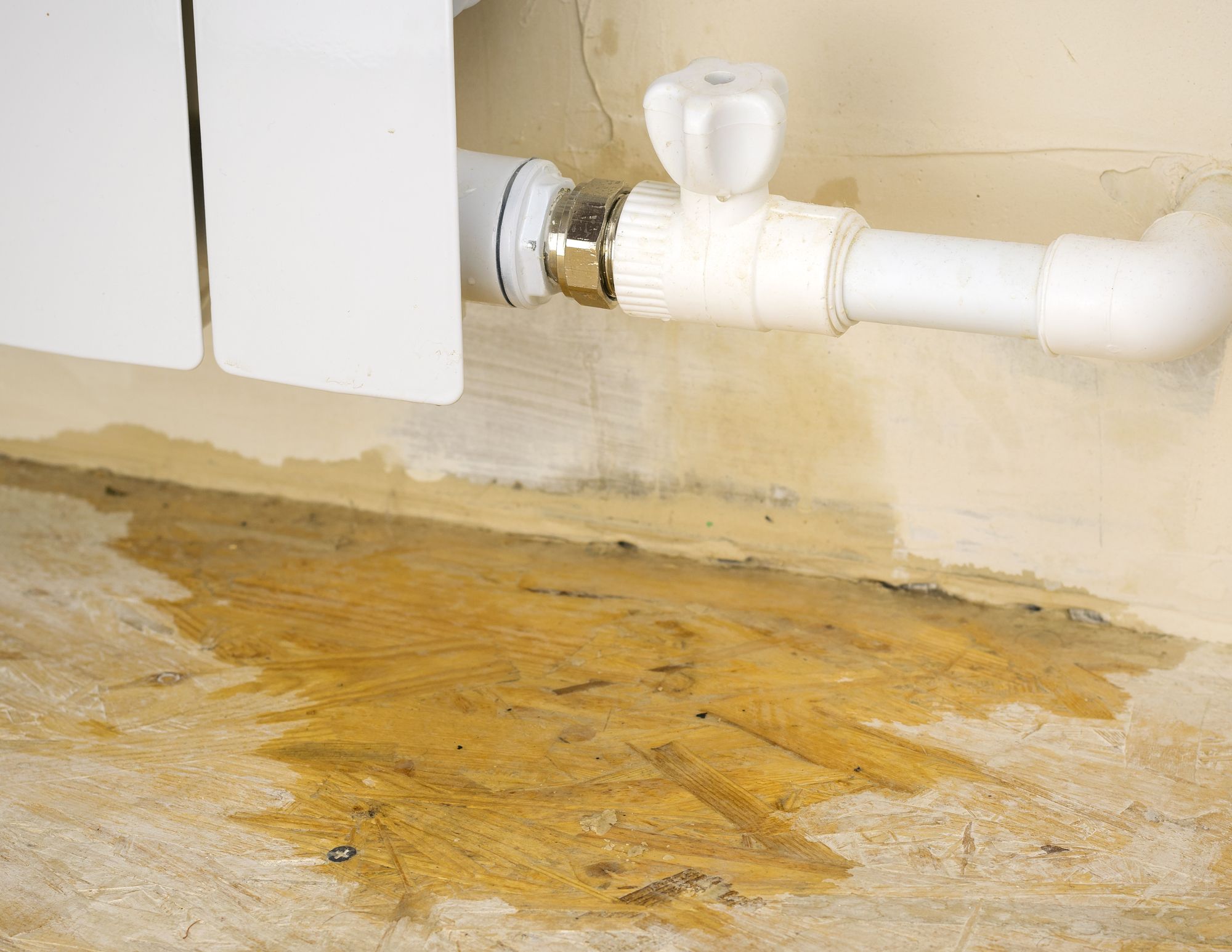We have encountered this post about How to Find Water Leaks listed below on the net and decided it made good sense to talk about it with you on this page.

Leakages not just trigger waste of water but can also cause unneeded damages to your residence as well as promote unwanted natural development. Water leaks might go unnoticed given that many of the pipework in our house is hidden. By looking and also comprehending for daily situations that create leakages, you can safeguard your house from future leaks and unneeded damages. Today, we will look at 6 leak triggers that may be causing your pipelines to leak.
Instantaneous temperature level modifications.
Extreme temperature modifications in our pipes can cause them to broaden and get suddenly. This development as well as tightening may create fractures in the pipes, particularly if the temperature are below freezing. If you maintained an eye on how your plumbing functions, it would be best. The visibility of the previously stated situations regularly indicates a high threat.
Corroded water supply
As time goes by, your plumbing system ages and rust such as corrosion may begin gnawing the pipes. This may be the source of staining or warping on your pipes. This asks for an evaluation with your plumber immediately. If our plumbing system is old, think about changing the pipelines considering that they go to a greater risk of rust than the more recent versions.
Malfunctioning Pipeline Joints
Pipe joints can deteriorate over time, resulting in water leaks. If you have loud pipelines that make ticking or banging sounds, specifically when the warm water is transformed on, your pipe joints are most likely under a whole lot of stress.
Intruding origins
A lot of water leakages start outside the house rather than inside it. You could observe wet spots or sinkholes in your backyard, and that could indicate that tree origins are getting into water lines causing water to permeate out.
Poor Water Connectors
At times, a leak can be created by loose tubes and pipelines that supply your devices. In situation of a water links leak, you might discover water running straight from the supply line or puddles around your home appliances.
Clogged Drains
Blocked drains pipes might be irritating and also inconveniencing, but they can often wind up creating an overflow bring about burst pipes. Keep removing any type of products that may decrease your drains pipes that could block them to stay clear of such hassles.
All the above are sources of leakages however not all water leakages result from plumbing leaks; some leakages could come from roofing leakages. All leaks ought to be fixed instantly to prevent water damages.
Leaks not only trigger waste of water yet can also trigger unnecessary damages to your residence and promote undesirable natural growth. By looking and recognizing for day-to-day scenarios that create leakages, you can shield your home from future leaks and unnecessary damage. Today, we will look at six leak causes that may be triggering your pipelines to trickle.
At times, a leakage can be caused by loose hose pipes as well as pipes that supply your home appliances. In instance of a water links leakage, you might notice water running directly from the supply line or puddles around your appliances.
How To Check For Water Leak In Your Home
How To Check for Leaks
The average household's leaks can account for nearly 10,000 gallons of water wasted every year and ten percent of homes have leaks that waste 90 gallons or more per day. Common types of leaks found in the home are worn toilet flappers, dripping faucets, and other leaking valves. These types of leaks are often easy to fix, requiring only a few tools and hardware that can pay for themselves in water savings. Fixing easily corrected household water leaks can save homeowners about 10 percent on their water bills.
To check for leaks in your home, you first need to determine whether you're wasting water and then identify the source of the leak. Here are some tips for finding leaks:
Take a look at your water usage during a colder month, such as January or February. If a family of four exceeds 12,000 gallons per month, there are serious leaks.
Check your water meter before and after a two-hour period when no water is being used. If the meter changes at all, you probably have a leak.
Identify toilet leaks by placing a drop of food coloring in the toilet tank. If any color shows up in the bowl after 10 minutes, you have a leak. (Be sure to flush immediately after the experiment to avoid staining the tank.)
Examine faucet gaskets and pipe fittings for any water on the outside of the pipe to check for surface leaks.
Undetected water leaks can happen without the home or business owner even realizing. If you suspect a water leak, but not able to find the source. It is time to contact a professional water leak detection service, The Leak Doctor.
How To Find a Water Leak In Your Home
https://www.leakdoctor.com/blog/How-To-Check-For-Water-Leak-In-Your-Home_AE197.html

Do you really like reading up on How to detect water leaks in your home? Put feedback directly below. We would be glad to find out your reactions about this post. We are looking forward to see you back again before long. Sharing is nice. Who knows, you may very well be doing someone a favor. Thanks so much for your time spent reading it.
Book